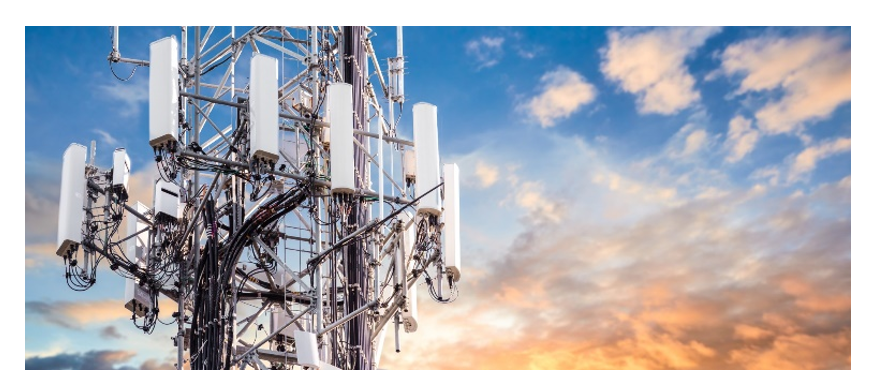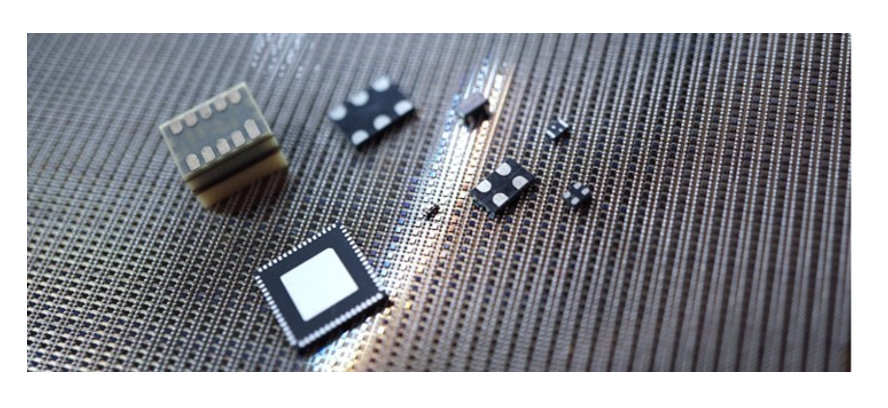7 top tech trends – megatrends for 2023 and beyond
The challenges of 2022 will soon fade from our collective rearview mirror. The tech industry is exiting a tumultuous year impacted by multiple black swans including supply chain constraints, Russia’s invasion of Ukraine, spikes in energy costs, rampant inflation and interest rate hikes impacting global markets.
While these geopolitical and macroeconomic challenges are likely to continue into the new year, there’s also a sense of hope that 2023 will be a better year for tech companies and chip makers.
The drivers of this emerging optimism are technology innovations spanning multiple markets and applications, ranging from automotive to 5G and IoT to the intelligent, connected edge and emerging metaverse.
Here are seven market-moving tech trends for 2023 and beyond:
1. Improving supply chain
With COVID-19 lockdowns behind us across all regions, including now China, industry watchers are predicting a smoother semiconductor supply chain in 2023. A closely related boon for the domestic US chip industry is the recent passage of the CHIPS Act, which will provide $52 billion in government incentives for chipmakers to expand and build new fabs and manufacture semiconductor products within the US.
In a supply constrained market, hardware engineers often wait up to 20 weeks or longer to get the exact timing specifications required. With SiTime’s unique programmable architecture and SiTimeDirect online store, engineers can configure their exact specification online, get the part shipped in 48 hours, and deliver the best system performance, on-time and reliably. SiTimeDirect provides an end-to-end e-commerce experience enabling engineers to configure, compare, purchase, and receive immediate online or in-person support.
2. Autonomous automotive
Automotive will continue to be a bright spot for the semiconductor market in 2023. According to McKinsey, automotive semiconductors will grow from $42 billion in 2021 to $125 billion in 2030, a CAGR of 13%.
Key drivers of this growth include electronic components for advanced driver assistance systems (ADAS), EV applications and vehicle-to-everything (V2X) communications. These advances in automotive electronics are redefining the safety, convenience and infotainment features built into today’s smart, connected cars.
Vehicles equipped with ADAS and other autonomous features require fast, reliable communications across automotive Ethernet backbones and over wireless networks. These complex systems require numerous sensors for vision, proximity, temperature, pressure and other functions. A typical car has at least 30 sensors operating across major domains including powertrain, chassis, body and safety. Modern luxury cars may contain from 100 to 200 sensors, generating terabytes of data for ADAS computers. As the adoption of ADAS and vehicle electrification accelerates, the need for precision timing technology in automotive applications has become increasingly important to synchronise these data-intensive systems.
3. 5G networks and services
5G will reach a new inflection point in 2023, enabling 10x faster connectivity than 4G-LTE networks, 40x lower latency and 100x more connected devices.
The 5G era will usher in new services such as autonomous driving, high-speed private networks, remote healthcare, and precision automated agriculture. To enable these new services, 5G radios must deliver 10x the bandwidth of previous generations with significantly lower latency.
To achieve these performance goals, next-generation radios, especially those operating in the millimeter wave (mmWave) spectrum, must be deployed closer to the user. In addition, all nodes in these 5G networks must be time-synchronised. Past radio architectures used separate timing devices for the radio and for synchronisation. Emerging precision timing platforms will integrate these two clocking functions, simplifying the radio timing architecture and delivering on the promise of 5G bandwidth and coverage.
4. Golden age of IoT
The IoT market will reach its full potential in 2023 across consumer, smart home, smart city, industrial automation, automotive, agriculture and other markets.
IoT applications that would have been considered unimaginable or infeasible a decade ago, such as infrastructure sensors, health monitoring systems and smart clothing, are now being designed and will come to market in 2023 and beyond. Tens of billions of smart, connected devices – from smart appliances to video doorbells to LED lighting and HVAC controls – will touch all aspects of our lives.
Each of these devices will include intelligent edge processors with short-range wireless and/or cellular internet connectivity. The unique requirements of the IoT and wireless networks will also drive demand for small, low-power, highly reliable precision timing devices for years to come.
5. Increasingly intelligent network edge
The era of edge intelligence has begun as more artificial intelligence (AI) and machine learning (ML) capabilities migrate from the cloud to the network edge. Connected devices in our homes, offices, factories and cars now outnumber the billions of existing cloud-connected PCs and smartphones.
In 2023 and beyond, we will see the dramatic growth of the intelligent, connected edge across all markets and applications. By 2025, an estimated 50 billion connected devices will generate enormous amounts of data, which is growing exponentially. This wealth of data can be leveraged with actionable intelligence to benefit people, networks and businesses everywhere and society at large.
Precision timing technology will continue to be a key enabler of the smart, connected edge, synchronising digital components and cloud-to-edge networks.

6. The Metaverse is (finally) coming
The metaverse embodies the future of the internet. It’s defined by immersive visualisation technologies such as augmented reality/virtual reality/extended reality (AR/VR/XR).
It’s also based on Web3 principles including the decentralisation of user data and user experiences, and greater interoperability built on open standards and blockchain technology. AR/VR/XR technologies will continue to emerge and mature in 2023.
Current technologies still face limitations that must be overcome before the metaverse can scale beyond all the media hype. Next-generation holographic display technologies designed to address these challenges will accelerate the metaverse in 2023, delivering lifelike, high-resolution 3D images viewable with the naked eye. Advances in AR/VR/XR technology in 2023 will begin to impact future workplaces by enabling employees to engage in immersive video conferences while working remotely. These immersive, holographic platforms will require high-precision timing technologies working in concert with next-generation holographic video processors.
7. Out with quartz, in with silicon MEMS
Autonomous driving, 5G infrastructure, IoT expansion, intelligent edge networks and emerging metaverse applications all demand more from today’s timing references.
These compute-intensive, data-driven applications elevate the importance of precision timing technology in system designs. Developers and manufacturers are looking beyond traditional quartz timing solutions for the next generation of timing references.
The reliability, stability, size, power, performance and resilience needed for new and emerging applications are driving a new approach to timing. Just as other industries have siliconised as they have evolved, so must the $10 billion timing market.
Silicon accelerates innovation to help solve difficult timing problems. Whether driven by environmental considerations, stability at higher temperatures or increasing complexity in smaller spaces, precision timing has become an enabler and a differentiator in advanced system design.
Timing devices provide the heartbeat in electronic systems by delivering a consistent signal that is the reference to all other digital components. As an alternative to quartz components, microelectromechanical system (MEMS) technology has emerged in recent years as a primary timing source for a wide range of demanding applications.
The benefits of silicon-MEMS technology will enable our ever-evolving connected world, from communications infrastructure and the IoT to automotive and industrial automation to the emergence of edge-based AI and the multiverse.
“Our strategy of being the pure-play leader in precision timing is built on a foundation of innovation, and SiTime is uniquely enabling the connected intelligence revolution,” said Markus Lutz, CTO and Founder of SiTime. “Higher speeds, lower latency and distributed computing are driving new deployment architectures where equipment is subjected to environmental stressors such as shock, vibration and temperature changes, all of which require a new timing technology paradigm. Precision timing based on SiTime’s MEMS technology delivers up to 4x better stability, 4x lower power, 30x higher reliability and 10x better resilience to shock, vibration, and temperature changes. These precision timing enhancements will enable the electronics of tomorrow.”





